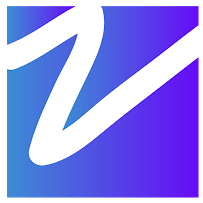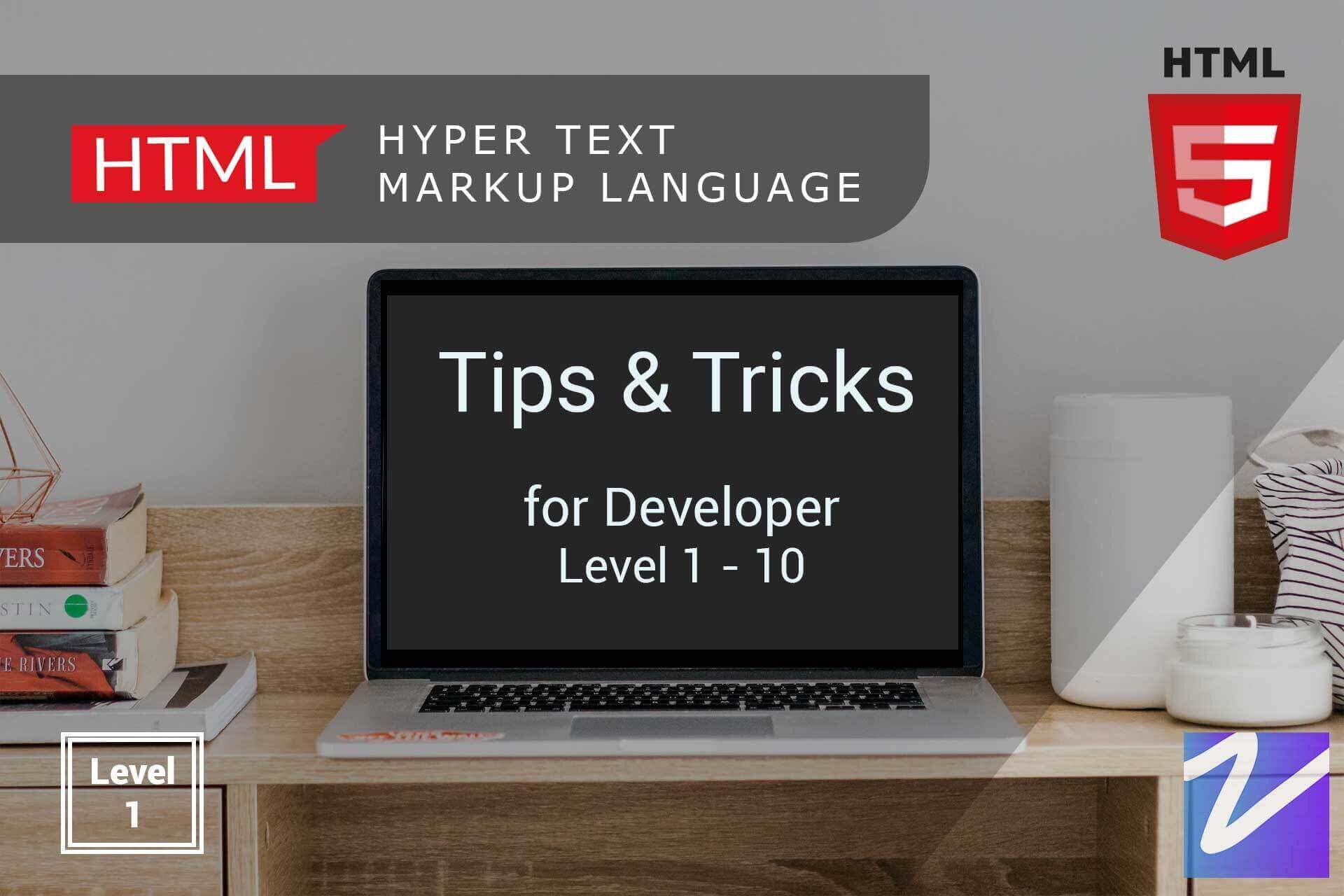When it comes to creating webpages, formatting and structure are key. Properly formatting your HTML code helps to make your webpages more organized, readable, and visually appealing. In this blog post, we’ll cover some of the basic HTML elements and techniques that you can use to structure and format your webpages.
Headings
Headings are used to break up your content into sections and give a hierarchy to your webpage. There are six levels of headings, ranging from <h1> (the most important) to <h6> (the least important). Headings should be used to describe the main sections of your content, and you should try to use only one <h1> per page. Here’s an example of how you can use headings in your HTML:
Paragraphs
Paragraphs are used to hold blocks of text on your webpage. To create a paragraph in HTML, you can use the <p> element. Here’s an example:
Lists
Lists are a great way to organize and present information in a clear and easy-to-read format. There are two types of lists in HTML: ordered lists and unordered lists. Ordered lists use numbers to denote the order of the list items, while unordered lists use bullet points. Here’s an example of how you can create a list in HTML:
Tables
Tables are used to present data in a grid format. Each row of a table is represented by the <tr> element, and each cell of a table is represented by the <td> element. You can also use the <th> element to create a table header. Here’s


Leave A Comment